Re- envisioning Training and Education in Ophthalmology with Haptic XR
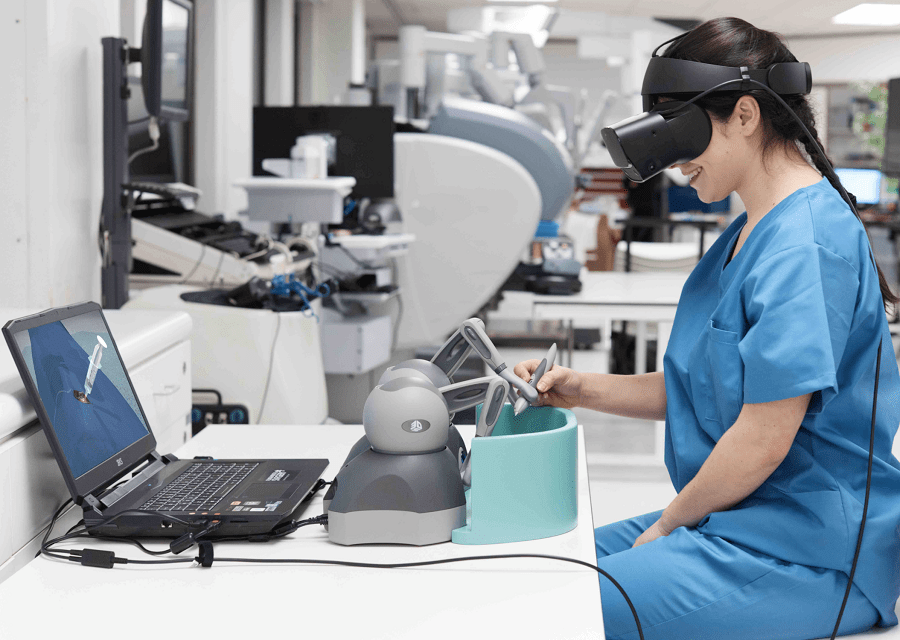
Post pandemic, VR for advanced surgical training is already proving to be one of the most worthwhile and exciting use cases in the ‘metaverse’(a virtual reality space in which users can interact with a computer generated environment and other users). By combining VR with cutting –edge haptic technology( process of communicating with users through the […]
OCT based advancement in “Geographic Atrophy” with Zimura
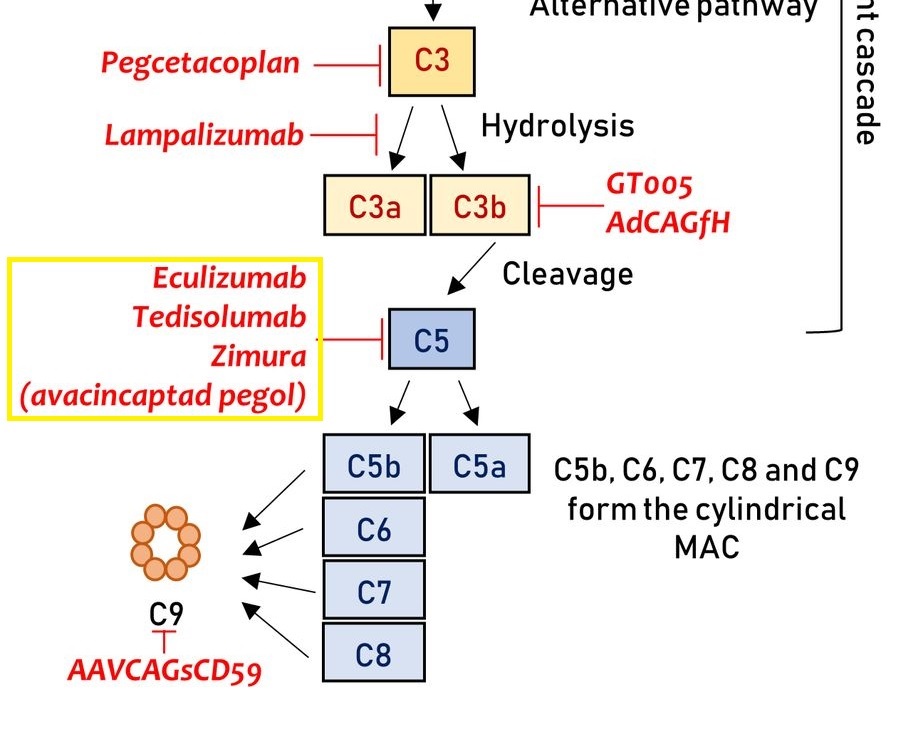
A post hoc analysis of the GATHER1 clinical trial on Zimura (avacincapted pegol), an investigational new therapy for geographic atrophy, showed promising results via OCT to measure the effect of the treatment on disease progression. The OCT measured geographic atrophy (GA) strongly correlated with FAF-measured GA area, with minimal average differences in GA area […]
Role of MRI in Posterior ischemic optic neuropathy (PION)

PION is a rare cause of visual loss, patients mostly presenting with sudden onset of blurred vision, dyschromatopsia, pain and positive relative afferent defect (RAPD). The diagnosis of PION is usually a diagnosis of exclusion, however, the emergence of modern neuroimaging technique with diffuse weighted image (DWI) and apparent diffusion coefficient (ADC) sequences in […]
Impact of COVID-19 on Ophthalmology residency surgical training
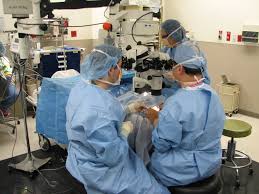
COVID-19 pandemic has significantly impacted the office visits and ophthalmic surgical procedures globally, and its impact on ophthalmic education and residency programs is no different. A study was undertaken to access the average case logs performed by Ophthalmology residents as the primary surgeon as well as surgical assistant roles from 2012 to 2020(before and […]
Advances in Presbyopia management

There are over 2.1 billion presbyopes worldwide. Looking into the shortcomings, eyecare providers have a unique opportunity and responsibility improving their quality of life. Presbyopia along with dysfunctional lens syndrome is treated keeping refractive status of patient in mind. Hyperopic patient treated with an earlier lens based procedure, myopes have a higher threshold for […]
Smart Glasses – Liquid Lens Technology
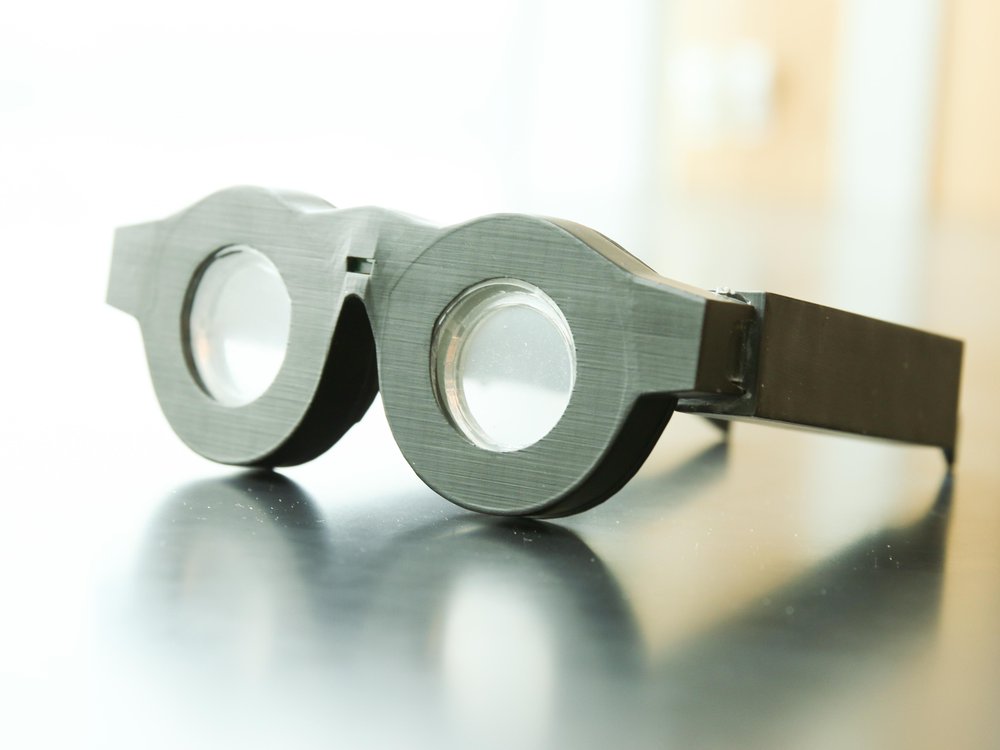
“Liquid Lenses”- made up of liquid glycerine enclosed between two rubber membranes in a frame can adjust focus based on where the wearer wants to focus. The glasses (battery powered for 24 hour work time) are connected to a smartphone app wirelessly and can be individually customised according to patients prescriptions, changing […]
Diabetic Retinopathy finds “5G” compatibility

Remote real time navigated retinal laser “tele- photocoagulation” in patients with severe non proliferative diabetic retinopathy (NPDR) and proliferative diabetic retinopathy (PDR) can be successfully undertaken with enhanced 5G high speed wireless system. The tele- laser intervention with 5G network, could save the rural patients from travelling a thousand miles […]
Role of Aflibercept in NonProliferative Diabetic Retinopathy (NPDR)

Intravitreal injections of aflibercept can reduce the severity of nonproliferative diabetic retinopathy, according to PANORAMA trials. The trial involved one eye in each of 402 participants with severe NPDR, randomized with one control group receiving sham injections or one of two aflibercept groups (the first group- aflibercept 2q16 receiving aflibercept 2 mg every 16 weeks […]
Dry Eye Disease and Pre-Operative Astigmatism
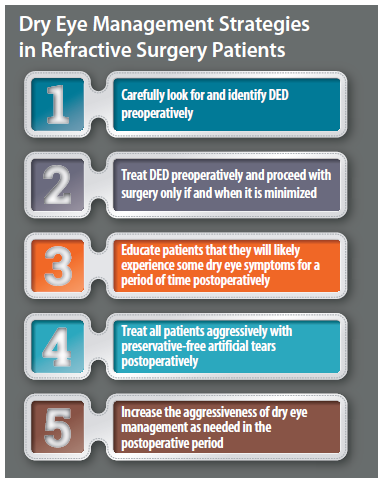
Dry eye should be diagnosed and treated aggressively before undertaking cataract surgery as it may compromise pre surgical keratometric readings and visual outcomes. An estimated three quarters of eyes undergoing cataract surgery have astigmatism of more than 0.5D and one third have more than 1D. The unstable tear film affects the quality of optical […]
OCT Corneal Epithelial Mapping in Dry Eye Disease
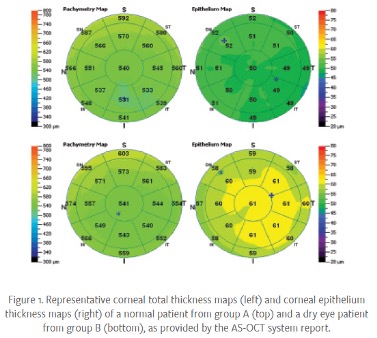
Optical coherence tomography (OCT) corneal epithelial mapping is a new diagnostic tool with high sensitivity (86.4%) and specificity (91.7%) for screening and staging dry eye disease (DED) reliably and in a less invasive manner than the battery of tests in current practice. The best marker for diagnosing DED using OCT is superior intermediate epithelial thickness […]
